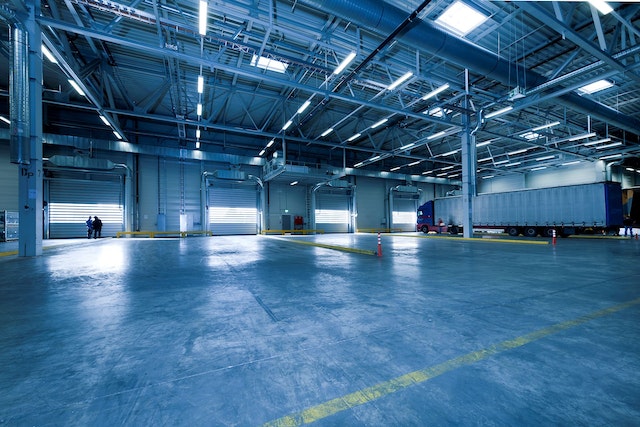You cannot run a company or organization without a warehouse. You either need to have your own warehouse or get one on rent to keep your stock. If your business is more about manufacturing, you also need a warehouse to house raw materials. Running a business without a Warehouse Management System (WMS) is nearly impossible.
Having a warehouse is not a big deal, as you can get it by investing once and using it for the rest of your life. However, no one can handle the headache of managing documents and keeping a manual record of all the products present in your warehouse. It’s simply not possible to compete effectively without a WMS. You just need a reputable WMS for your company or business, and it will do the rest of the job.
Deposco can be your ultimate pick for a reliable warehouse management system, delivering world-class functionality and reputation. Before starting your journey, it’s good to understand what a WMS covers and how it performs.
Functional Focus of a Warehouse Management System
The following are the key functions performed by a WMS. Going through these functions enables you to understand how a warehouse management system works.
Shipping and Receiving
In a warehouse, you don’t keep most items for a long time and you’ll be replenishing based on your sales. Things keep coming into and departing from the warehouse depending upon the trends and seasons.
As the business succeeds, these transactions become increasingly complex and are logged with an increasing cadence. Therefore, maintaining the shipping and receiving of products from the warehouse should be assisted by a WMS. Coordinating and tracking the shipping and receiving is the first function of every WMS.
Kitting and Picking
We all know that the time has passed when warehouses were only used to store products and raw materials for transformation or fulfillment. Nowadays, warehouses play an important role in the supply chain and in managing different types of online orders. Many companies have made separate compartments within the warehouses where the knitting of products for delivery takes place. This function combines inventory and demand in a way that is difficult – if not impossible – for simple record keeping. After that, parcels are picked up from the warehouse and delivered to customers. WMS performs all these functions and reduces the administrative overhead of meeting the customer’s expectations.
Managing Warehouse Staff
It doesn’t matter how much development has been made in the digital world or how powerful your WMS is, there is still a significant amount of physical action in the warehouse. These workers have to perform different tasks according to their expertise and job. Managing the whole staff of your warehouse is also a part of WMS. Your staff’s problems – payroll and everything else – are controlled by the WMS directly or provide important inputs to your finance and payroll systems.
Deep Insight into the Market
Market insight is important in managing your warehouse and growing your business. WMS provides transactional data to generate this deep insight. This insight enables you to check the market trends and adjust replenishment, inventory, and safety stock strategies dynamically. You can predict which product has to change demand for the upcoming few months. This information ensures you don’t have stockouts during peak season selling. By analyzing product flow and geographic positioning strategies, you enable an enhanced customer service experience.
Documentation
Several documents are associated with the warehouse of your company or organization. Handling these documents manually is hectic work, and crucial documents always remain at risk of loss or damage. Therefore, WMS helps you in managing documents as well. You can easily manage all your documents in a paperless version using WMS. Paperless documentation allows you to keep a record of every document in your drive. Furthermore, data is more secure in digital form as you can recover it and deny access to other users to keep it safe.
Analysis and Reporting
Data analysis and reporting are among the most basic functions of any WMS. Data analysis helps you understand all the products and their quantities present in the warehouse. Reporting is the result of the complete estimation. You can go through the reports instead of the whole analysis to check the requirements of your warehouse.
Final Words
You understood the core functions of a warehouse management system. The work of a WMS revolves around the aforementioned functions. A strong, modern WMS helps in performing all these functions. Deposco’s solutions deliver on these core functions through a cloud-based SaaS solution that enhances the above with always-on functionality that eliminates the cost and skill barriers to entry of traditional on-prem server solutions. Scaling to the needs of the business as well as turning on additional functionality when the time is right means your distribution footprint is ready for the demands of modern business.







